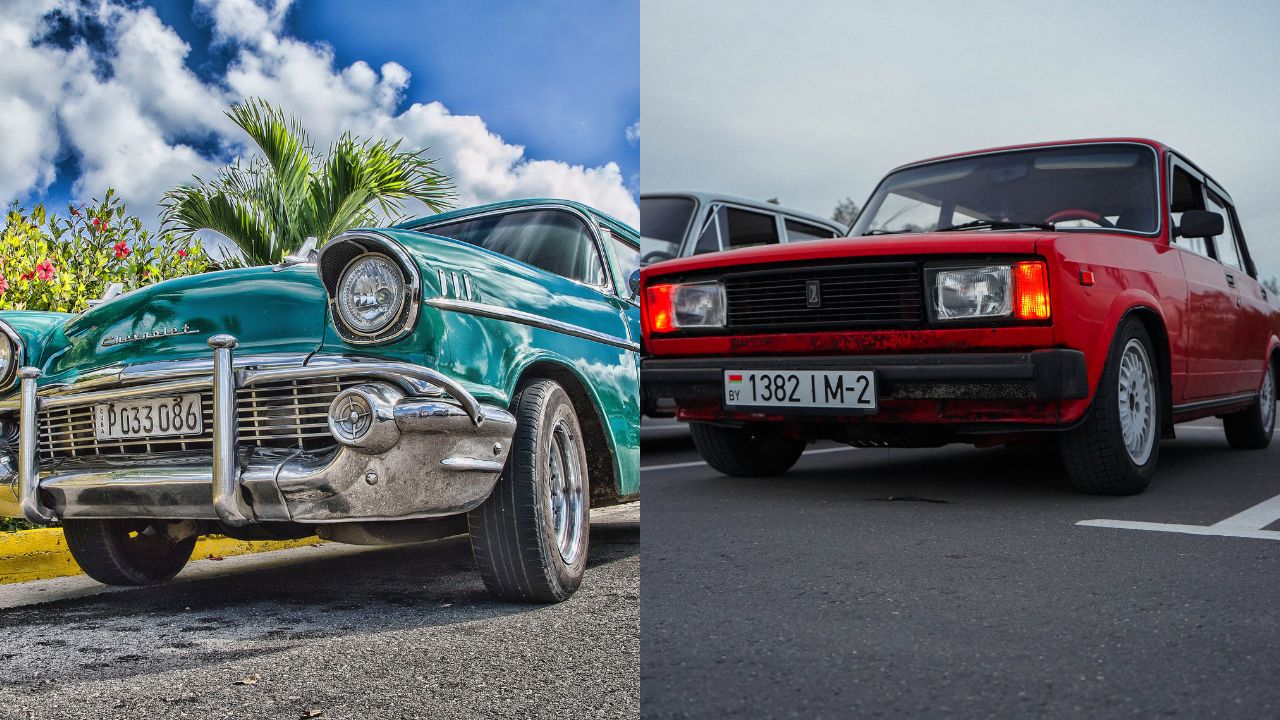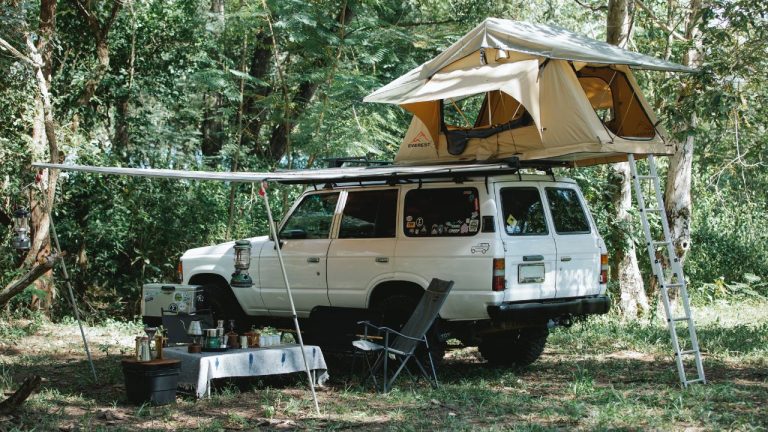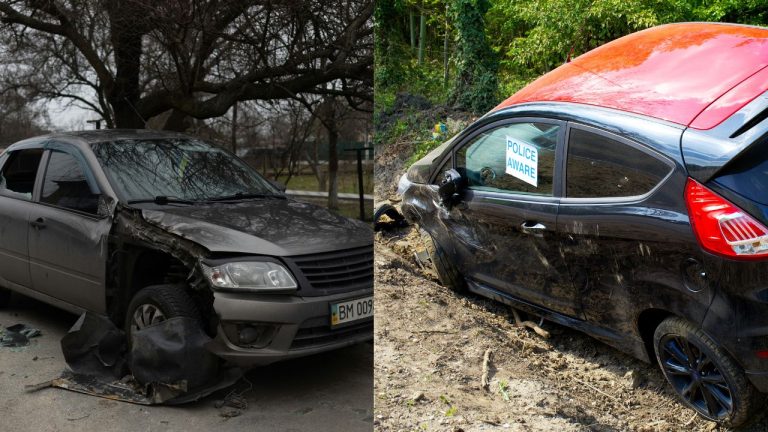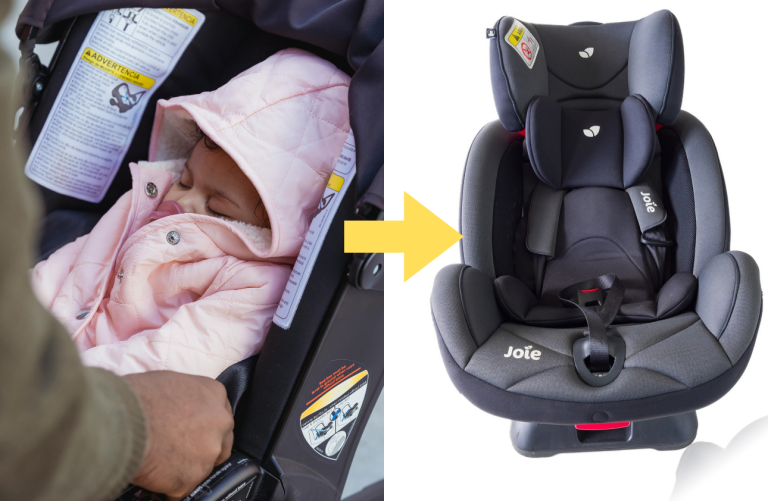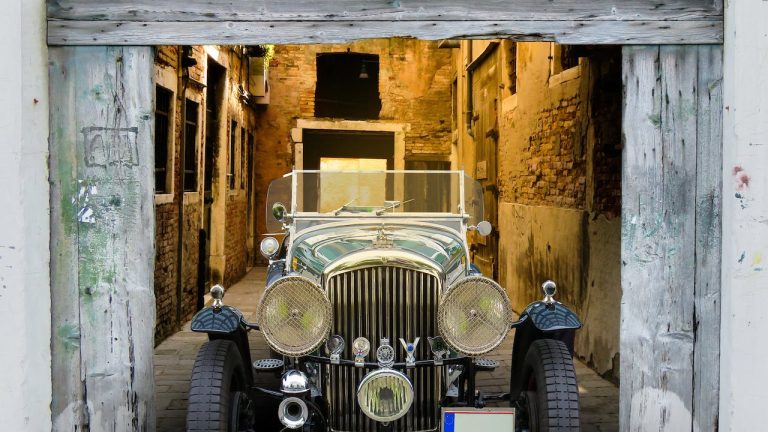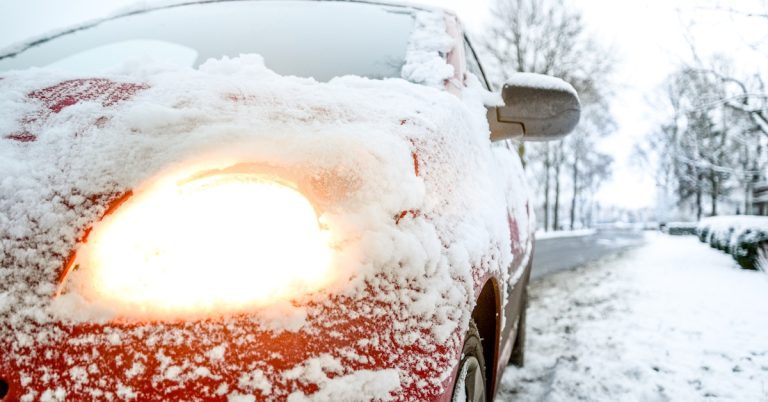To avoid scraping the bottom of your car on the driveway, ensure proper vehicle clearance by adjusting the slope of the driveway or raising the car’s suspension height. Consider using ramps or installing rubber speed bumps for added protection.
Moreover, regular maintenance of your vehicle’s suspension, shocks, and tires can help prevent scraping incidents. A well-maintained car combined with cautious driving can save you from potential damage and costly repairs. Avoiding the scraping of your car’s undercarriage will not only enhance the longevity of your vehicle but also ensure a smoother driving experience.
Understanding The Risk Factors
Understanding the risk factors that contribute to scraping the bottom of your car is essential in avoiding this common problem. One factor to consider is the angle and slope of your driveway. A steep incline or a sharp transition from the road to your driveway can increase the likelihood of scraping the bottom of your car. It is important to assess the driveway’s gradient and make necessary adjustments to minimize the risk.
Identifying other potential hazards is also crucial. For instance, speed bumps or raised sections in the driveway can cause scraping if not approached carefully. Additionally, large potholes or uneven surfaces can contribute to damage. Regular driveway maintenance can help prevent these hazards.
By being aware of the angle and slope of your driveway and identifying other potential hazards, you can take proactive measures to avoid scraping the bottom of your car and keep it in optimal condition for longer.
Tips for Protecting Your Car’s Undercarriage
Maintaining Proper Tire Inflation And Suspension
Proper tire inflation and suspension play a crucial role in protecting your car’s undercarriage. Regularly checking your tire pressure is essential as underinflated tires can lead to the car’s undercarriage scraping against the driveway. Ensure that your suspension system is properly maintained to avoid unnecessary stress on the undercarriage. This includes inspecting and replacing worn-out components such as shock absorbers, struts, and springs when needed.
Choosing The Right Vehicle For Your Driveway
When selecting a vehicle, consider the ground clearance and length for compatibility with your driveway. A car with low ground clearance might scrape against uneven surfaces or speed bumps, causing damage to the undercarriage. Additionally, a longer vehicle may have difficulty navigating steep driveways. Prioritize vehicles that are better suited to your specific driveway conditions.
Installing Protective Measures Like Speed Bumps Or Ramps
In high-risk scenarios, installing protective measures such as rubber speed bumps or ramps can help prevent your car’s undercarriage from scraping on the driveway. These features provide a cushioning effect and reduce the risk of damage when entering or exiting the driveway. Evaluate the condition of your driveway and consult with professionals to determine if protective measures are necessary.
Practical Driving Techniques
Learn practical driving techniques to avoid scraping the bottom of your car on the driveway. These tips will help you navigate smoothly and protect your vehicle from damage.
Practical Driving Techniques |
| When approaching your driveway, it is essential to consider the correct angle to avoid scraping the bottom of your car. One technique to implement is to approach your driveway with caution and at a slight angle. This approach will help distribute the weight of the car evenly, reducing the chances of scraping the bottom.
Another technique is to utilize techniques that can help you avoid bottoming out. One such technique is to slow down as you approach the driveway entrance to minimize the impact and give your car a smoother transition. Additionally, you can raise the suspension of your vehicle if possible to provide a higher ground clearance. Navigating challenging driveways with ease can be achieved by keeping an eye out for any uneven surfaces or bumps and adjusting your speed accordingly. It is also crucial to maintain good control of your vehicle, ensuring that you are focused and aware of the road conditions. By applying these practical driving techniques, you can minimize the risk of scraping the bottom of your car on your driveway, ensuring a smoother driving experience. |
Regular Maintenance And Inspection
One of the best ways to avoid scraping the bottom of your car on the driveway is to perform regular maintenance and inspections. By doing so, you can identify and address any issues before they become major problems. Additionally, routine maintenance can help extend the lifespan of your vehicle’s undercarriage.
Checking for signs of wear and tear on your car’s undercarriage
Regularly inspecting your car’s undercarriage is crucial to prevent scraping. Look for signs of wear and tear, such as rust, loose or damaged parts, and worn-out components. Pay close attention to the exhaust system, suspension, and skid plates. If you notice any abnormalities, get them examined by a qualified mechanic.
In addition to inspections, regular maintenance tasks are essential. These include regular oil changes, tire rotations, and fluid checks to ensure optimum performance. Maintaining proper tire pressure is particularly crucial to prevent your car’s undercarriage from hitting the driveway. Remember to consult your vehicle’s owner manual for the recommended maintenance schedule.
If you come across any issues during your inspections or notice scraping on the driveway, it’s important to address them promptly. Ignoring the problem can lead to more significant damage and increased repair costs. Whether it’s fixing loose parts, repairing rust spots, or replacing worn-out components, seek professional help to prevent further issues.
Temporary Solutions For Problematic Driveways
In order to avoid scraping the bottom of your car on your driveway, you can utilize temporary ground clearance solutions. These solutions involve making certain modifications to your driveway or adjusting your driving style temporarily.
One temporary solution is to create ramps or inclines using materials such as plywood or rubber mats. Placing these ramps strategically at the entrance or other troublesome areas of your driveway can help increase ground clearance and prevent scraping. However, it is important to ensure that these ramps are stable and secure to avoid any accidents.
Another temporary solution is to adjust your driving style. Maintain a slow and steady speed while entering or exiting your driveway to minimize the chances of scraping. Additionally, you can try to angle your approach and departure to reduce the impact on the bottom of your car.
Remember, these are temporary solutions and it is important to address the underlying issue causing the scraping. Consulting with a professional or considering more permanent modifications to your driveway might be necessary for a long-term solution.
Long-term Solutions For Driveway Design
When it comes to avoiding scraping the bottom of your car on the driveway, it is important to consider long-term solutions for driveway design. Redesigning your driveway can help prevent scraping and damage to your vehicle. One option is to explore alternative materials or layouts for your driveway. For instance, using interlocking pavers or permeable pavement can provide a smoother surface and reduce the risk of scraping. Hiring professionals for driveway construction or modification is another effective solution. They can assess your driveway, recommend suitable modifications, and ensure proper installation. With their expertise, they can make adjustments to the slope or elevation of the driveway to minimize the chances of scraping. By taking these long-term solutions into consideration, you can prevent the inconvenience and potential expenses associated with scraping the bottom of your car on the driveway.
Seeking Expert Advice
When you are facing the issue of scraping the bottom of your car on the driveway, seeking expert advice is crucial. Consulting with mechanics or automotive specialists can provide you with valuable insights and recommendations to avoid such problems. They have the expertise and knowledge to guide you on the best practices to prevent scraping.
Another effective way to gather information and solutions is by researching online forums and communities. These platforms are filled with discussions and experiences shared by car owners who have faced similar issues. You can find tips, tricks, and DIY solutions that have worked for others.
Consider getting a professional vehicle inspection for problem-specific advice. An inspection will help identify any underlying issues that might be causing the scraping problem. The inspector can then provide you with personalized recommendations on how to rectify the issue and prevent future occurrences.
Conclusion
To prevent scraping the bottom of your car on the driveway, consider adjusting your driving technique, such as approaching the driveway at an angle or avoiding sudden speed changes.
Moreover, a well-maintained car combined with cautious driving can save you from potential damage and costly repairs. Avoiding the scraping of your car’s undercarriage will not only enhance the longevity of your vehicle but also ensure a smoother driving experience.

